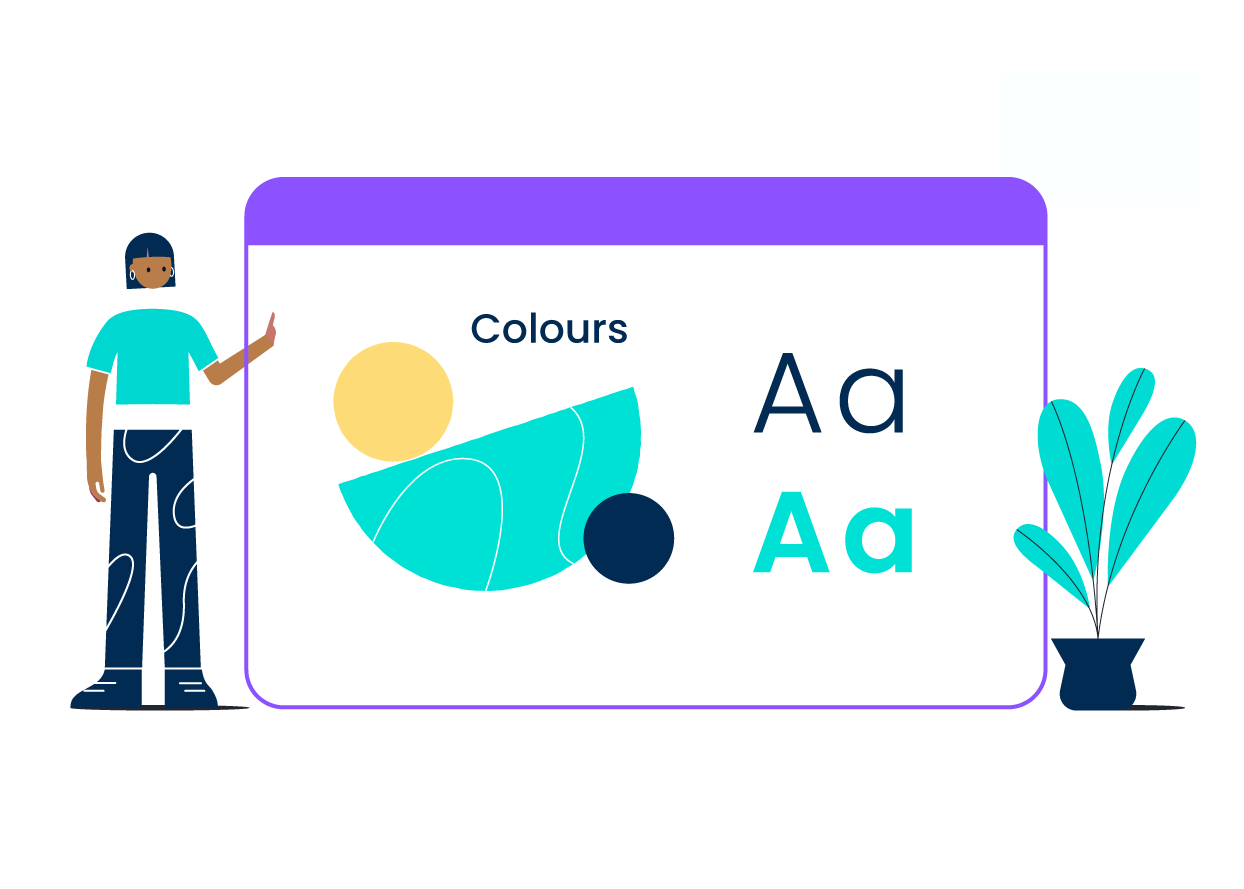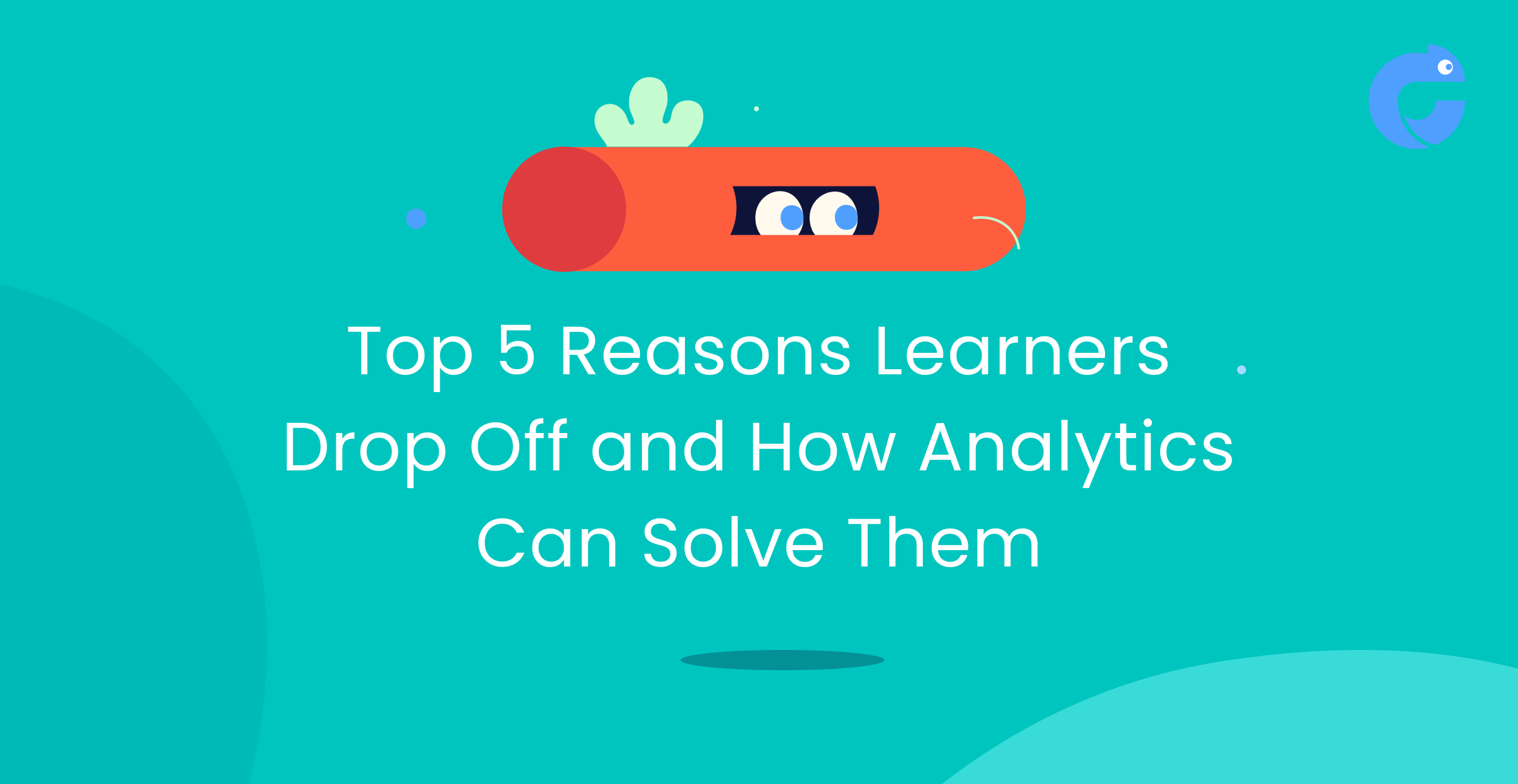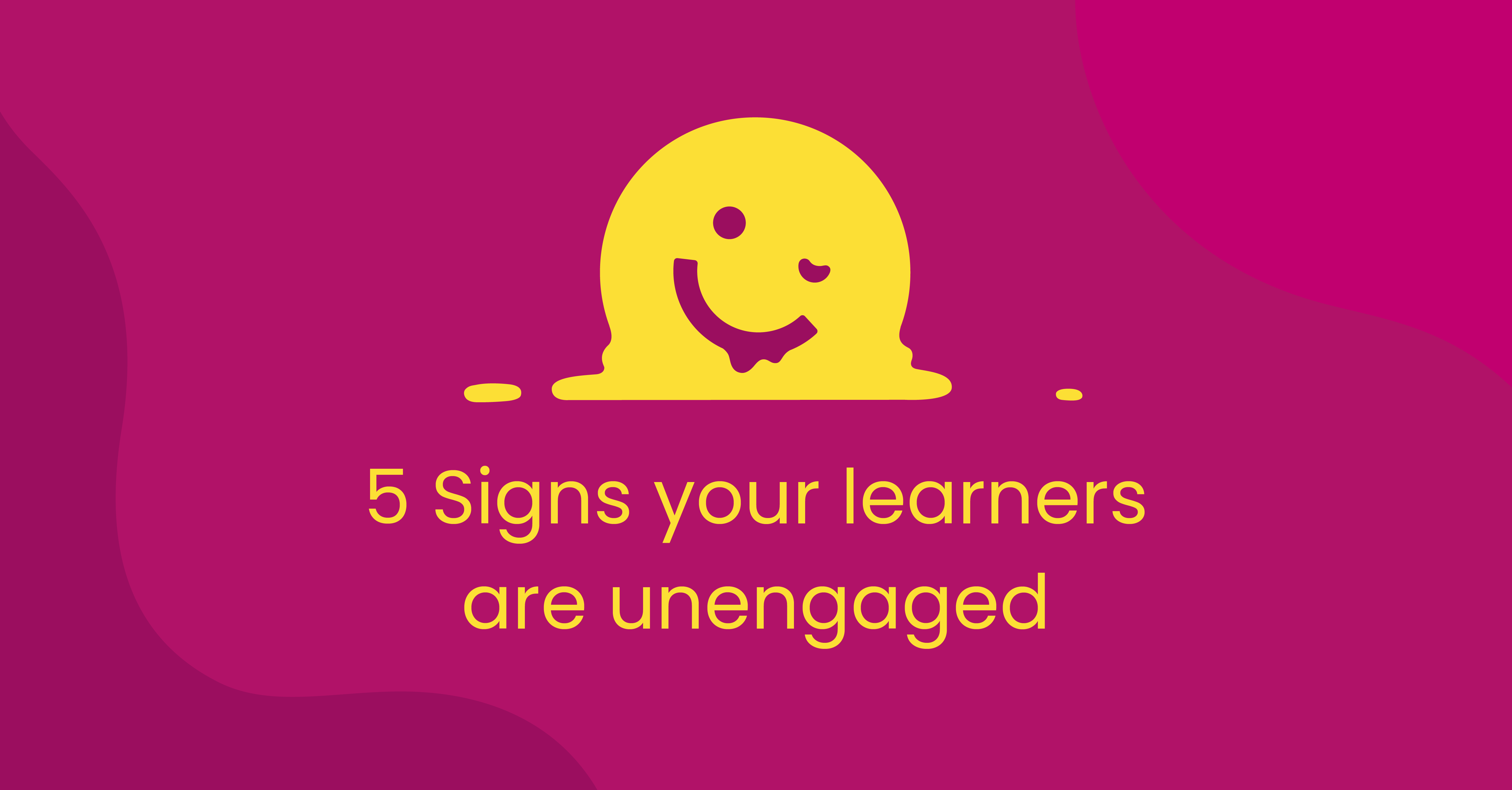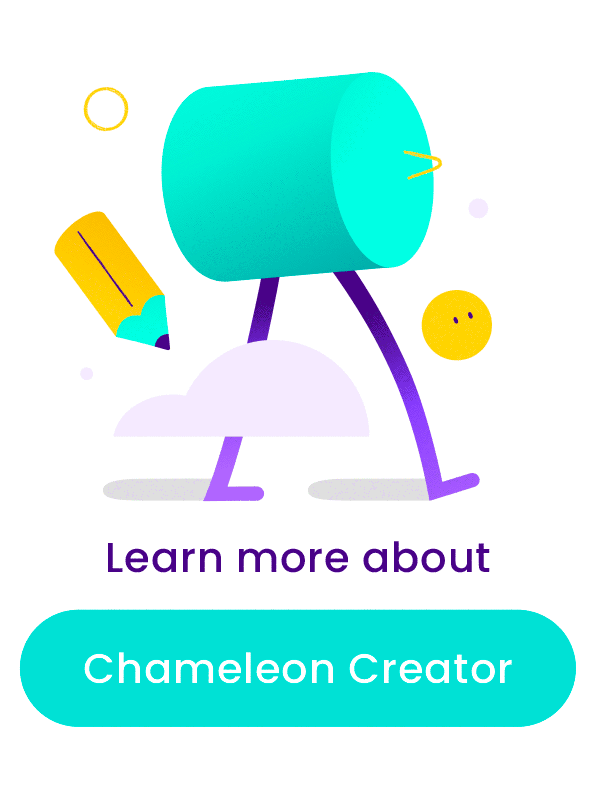7 Behavioural Science Tips to Boost Learner Engagement
The Psychology Behind Engaging Learning Content: 7 Behavioral Science Secrets
Picture this: You've just launched what you think is an amazing course, but the engagement numbers are... well, let's just say they're not what you hoped for. Sound familiar? Don't worry - you're not alone. The secret weapon you might be missing isn't fancy technology or more content - it's actually behavioral science.
Here's the thing: Some learning content seems to magically capture attention while other perfectly good material gets ignored. Why? It all comes down to how our brains work. I'm about to share seven proven behavioral science principles that can transform your learning content from "meh" to memorable.
Why Behavioral Science Matters in Learning
Think about the last time you couldn't stop watching a series on Netflix. That wasn't an accident - it was psychology at work. The same principles that keep us binge-watching can make your learning content irresistible. When we understand how people think and make decisions, we can create learning experiences that don't just inform - they captivate.
Let's dive into these game-changing principles.
1. The Labor Illusion: Why Showing Your Work Matters
Have you ever watched a chef prepare your meal in an open kitchen? Somehow, the food tastes better when you see the effort that went into making it. That's the Labor Illusion at work.
Here's what's fascinating: People value things more when they can see the work behind them. This doesn't mean you need to document every minute of course creation, but strategically showing your process can make a huge difference.
🎯 Quick Win:
Create a brief "Behind the Scenes" section in your comms when updating learners about new content. Share how you collaborated with experts, conducted research, and tested the material. Something like: "This course draws from 20+ hours of expert interviews and real-world case studies to bring you practical, proven strategies."
2. The Endowment Effect: Making Learning Personal
Think about a time when you created your own productivity system or personalised your project management tool. Even if similar ready-made solutions existed, you probably stuck with yours because you built it. That's the Endowment Effect - we place higher value on things we feel ownership over.
When learners invest time in personalising their learning journey or contributing their knowledge, they're more likely to stay engaged and complete the course. It's why personalised learning paths and user-generated content can be so powerful.
🎯 Quick Win: Turn your learners into co-creators. Start a "Learning Champions" program where employees contribute their expertise to training materials. When someone masters a module, invite them to add their own real-world examples or tips.
3. Anchoring: First Impressions That Last
Here's a shocking stat for you: Only 12% of employees strongly agree their organisation does a great job onboarding new hires. And yet, effective onboarding can boost staff retention rates by 50% to 82%. Talk about a missed opportunity!
The problem? Most organisations are either winging it entirely or doing the equivalent of throwing their entire filing cabinet at new hires. According to Brandon Hall Group, 56% of organisations are either in the early stages of developing onboarding or have no process at all.
This matters because of how our brains work. That first experience with your L&D team creates a mental anchor that can shape every future learning interaction. Think of it like setting the foundation for a house - get it right, and everything built on top is more stable. Get it wrong, and well... you know how that story ends.
Traditional onboarding usually falls into two camps:
- The "sink or swim" approach - throw people in the deep end and hope they figure it out
- The "information avalanche" - bombard new hires with so much material they feel like they're drinking from a fire hose
Neither approach creates the kind of positive anchor you want. Remember, this isn't just about getting forms signed or policies read - it's about creating a positive psychological foundation for all future learning experiences.
🎯 Quick Win: Break your onboarding into digestible "learning moments" rather than overwhelming info dumps. Start with what new hires need to know right now, not everything they might need to know eventually. Create a 30-day roadmap that gradually introduces new information when it's actually relevant. Find more tips here
4. Social Proof: We Trust What Others Trust
We all do it - check reviews before making a purchase, choose the busier restaurant, or take recommendations from friends. That's Social Proof in action, and it's just as powerful in learning.
When learners see their colleagues finding value in a course, they're more likely to engage and complete it themselves. It's the difference between seeing a basic course description and seeing that same description backed by a colleague saying "This solved my biggest work challenge last month!"
🎯 Quick Win: Capture authentic testimonials in real-time with Chameleon Collect. Add star ratings and feedback prompts within your modules to gather fresh, genuine reactions. Then showcase these testimonials in your course descriptions to build trust with new learners. Focus on specific, valuable feedback like "The project management templates saved me hours of work!" rather than generic "Great course!" comments. Real experiences from real colleagues are worth their weight in gold.
5. The Curiosity Gap: Keep Them Coming Back for More
Ever wonder why you can't resist clicking on "You won't believe what happened next"? That's the Curiosity Gap at work - our brains are wired to crave completion when given incomplete information. It's like an itch we need to scratch.
In learning, this isn't about clickbait - it's about sparking genuine curiosity that drives engagement. Think about how streaming services show you a preview that cuts off at just the right moment, or how great teachers pose questions that make you lean in for the answer.
🎯 Quick Win: Start with intriguing hooks that promise valuable insights:
- Instead of "Cyber Security Basics," try "5 Cyber Security Essentials You Must Know To Stay Safe And Secure At Work"
- Replace "Leadership Skills" with "What Top Leaders Know About Motivation (That Most Managers Miss)"
- Turn "Project Management Fundamentals" into "The Three Project Management Secrets That Saved Google Millions"
The key is to hint at specific, valuable knowledge while leaving just enough mystery to make learners want to know more.
6. The Foot-in-the-Door Technique: Start Small, Think Big
Remember being asked to just try a free sample at the grocery store? That's the Foot-in-the-Door technique - start with a small ask, and people are more likely to say yes to bigger ones later.
🎯 Quick Win:
Before launching a full course, release bite-sized "Learning Tasters" - 3-minute modules that give a taste of the value they'll get from the full program.
7. The Pratfall Effect: Perfect Isn't Always Better
Here's something counterintuitive: Showing a few imperfections can make your content more engaging. It's called the Pratfall Effect, and it's why we often trust people who admit their mistakes more than those who claim perfection.
🎯 Quick Win:
Next time your facilitating a training workshop, show a vulnerability or admit to minor errors. This can make you seem more approachable and human. This encourages participants to engage more freely, ask questions, and take risks in their learning, creating a more collaborative atmosphere.
Ready to Transform Your Learning Content?
These aren't just theoretical ideas - they're practical tools you can use right now to make your learning content more engaging. Start with just one principle this week. Try it out, see what works for your audience, and then add another.
Remember: Great learning isn't about perfection - it's about connection. It's about creating experiences that make people want to learn more.
Which of these principles will you try first? Start small, but start today. Your learners will thank you for it.
Want more tips like these? Sign up for our monthly newsletter, where we share practical strategies to make your learning content unforgettable.
💡 Pro Tip: Save this article for later - you might want to refer back to it the next time you're designing a learning experience!
Share this
You May Also Like
These Related Stories

Applying Learning Experience Design principles to elearning

Top 5 Reasons Learners Drop Off and How Analytics Can Solve Them

